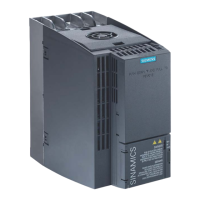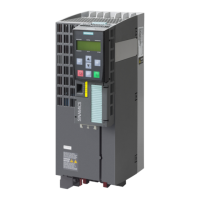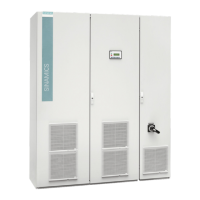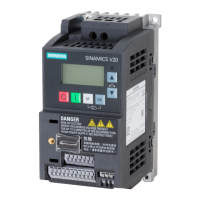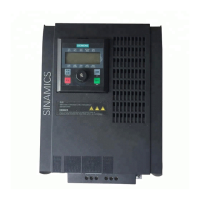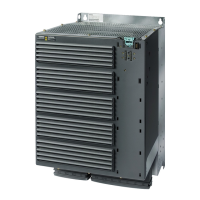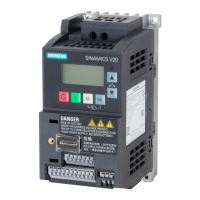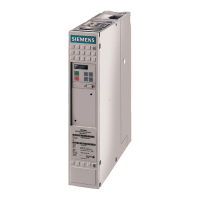Setting functions
8.7 Application-specific functions
Inverter with CU230P-2 Control Units
Operating Instructions, 11/2013, FW V4.6.6, A5E02430659B AG
305
Cascade control is suitable for applications that require simultaneous operation of up to four
motors as a function of the load. Here, for example, significantly fluctuating pressures or flow
rates are equalized.
Depending on the PID variance, the inverter's cascade control switches up to three other
motors on or off via contactors or motor starters.
Note
Technology controller as main setpoint
For cascade control switch the main setpoint with the
output of the technology controller
●
Connecting external motors
If the main drive is run at maximum speed and the deviation on the technology controller
input continues to increase, the control also switches the external motors on the line
system. At the same time, the main drive is ramped down to the switch-on/switch-off
speed (p2378) to keep the total output power as constant as possible. The technology
controller is deactivated while ramping down to the switch-on/switch-off speed.
●
Disconnecting external motors
If the main drive is running at minimum speed and the deviation on the technology
controller input continues to decrease, the control disconnects the external motors M1 to
M3 from the line system. The main drive is simultaneously ramped-up to the switch-
on/switch-off speed to keep the total output power as constant as possible.
To avoid frequent activation/deactivation of the uncontrolled motors, you must specify a time
in p2377 which must have elapsed before the inverter can switch a further motor on or off.
After the time set in p2377 has elapsed, a further motor will be activated immediately if the
PID deviation is greater than the value set in p2376. If, after p2377 has elapsed, the PID
deviation is smaller than p2376 but greater than 2373, the timer p2374 is started before the
uncontrolled motor is activated.
The motors are deactivated in the same way.
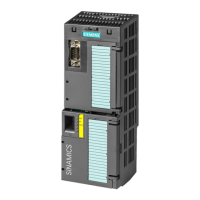
